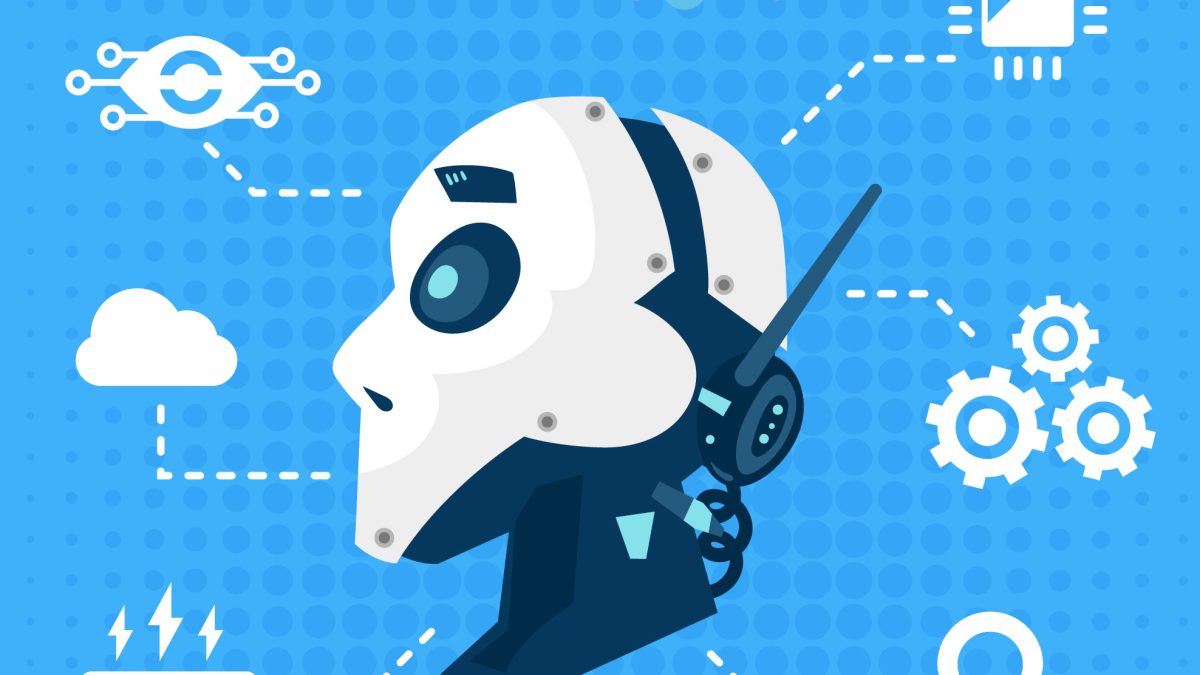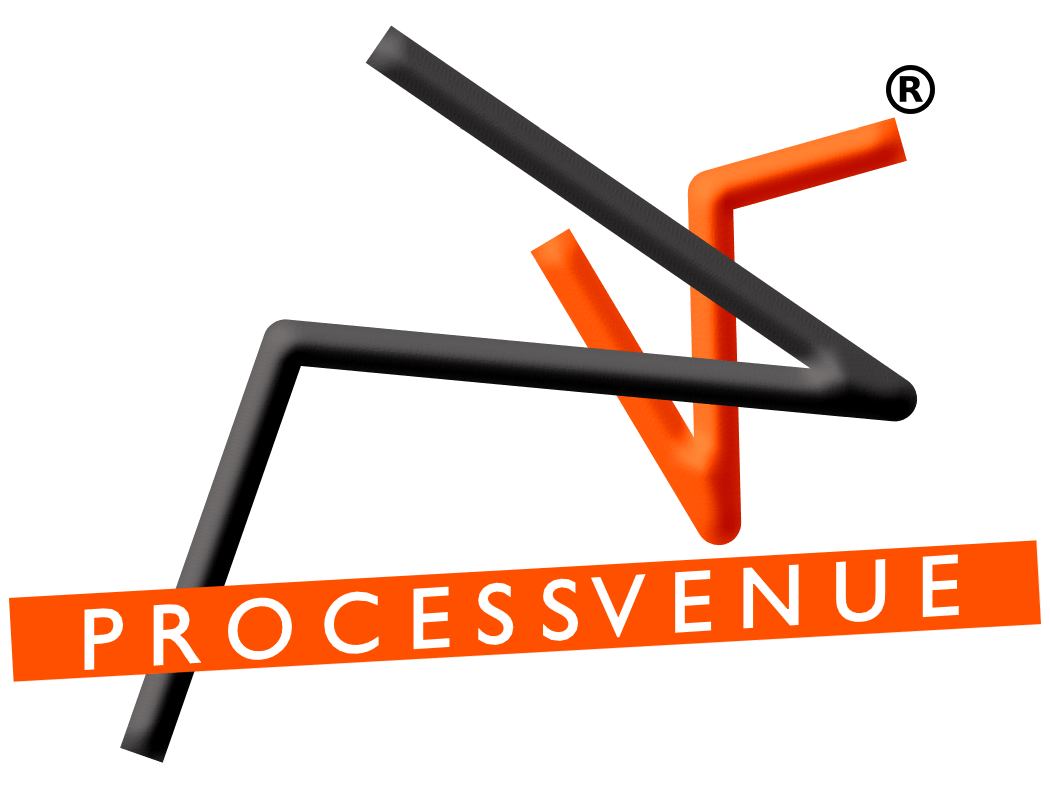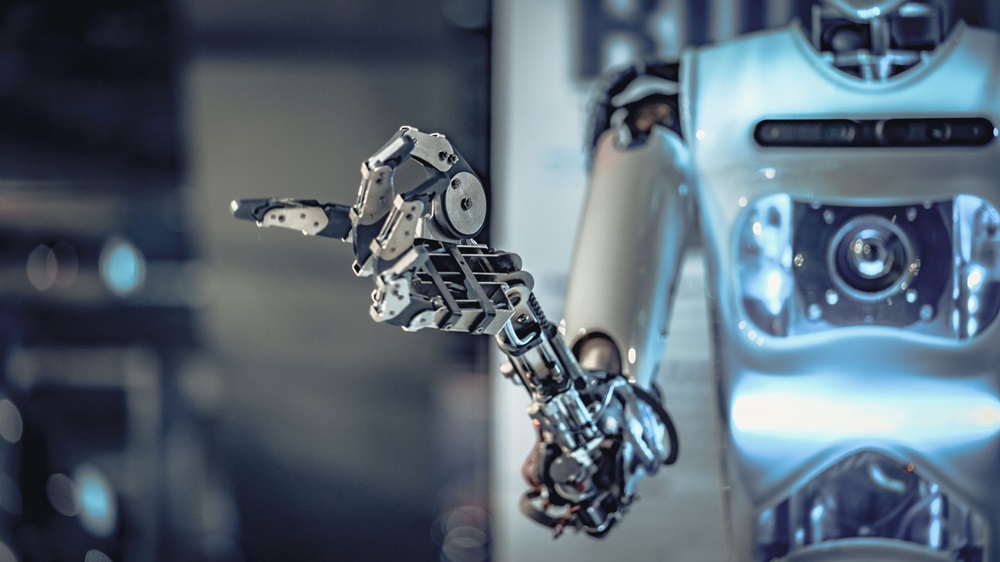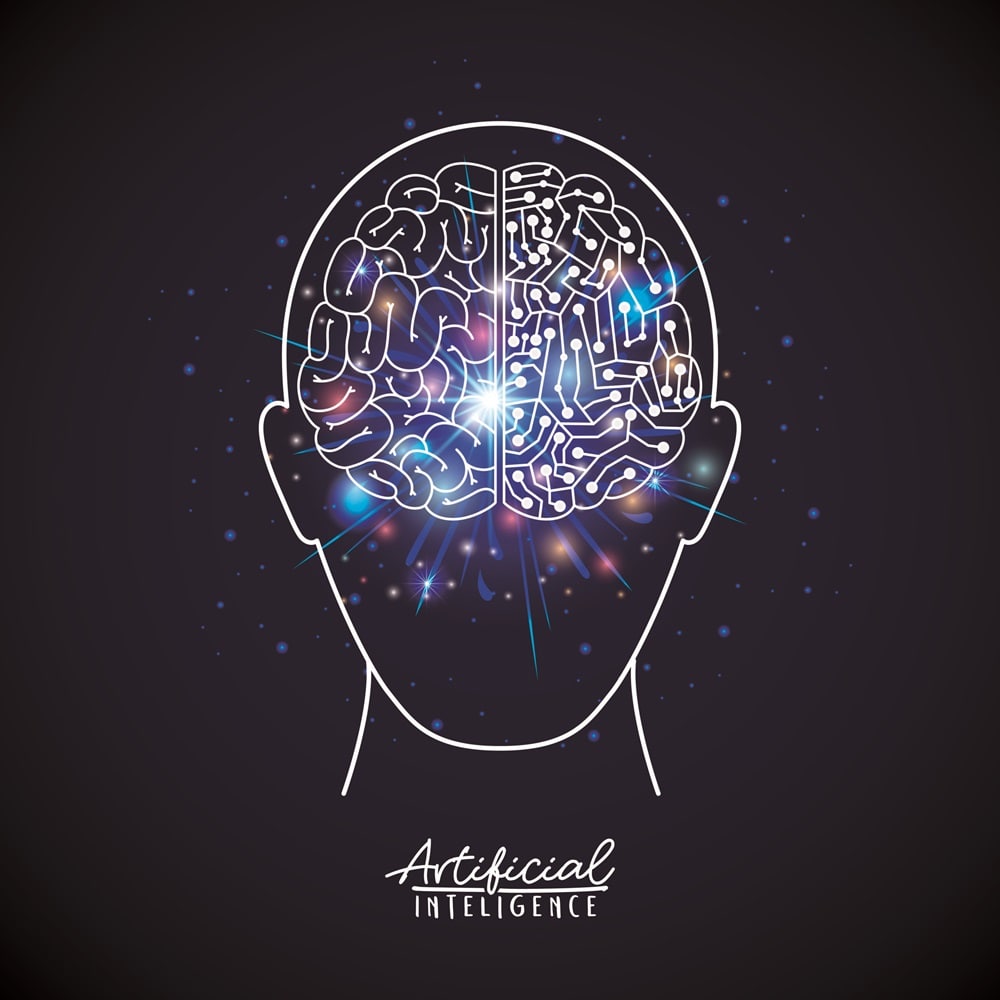
Balancing AI and Human Connection in a Tech-Driven Era
|
Getting your Trinity Audio player ready...
|
Fast forward 2020. Imagine you’ve run out of bread and eggs. This advice will be received by your assistant that is smart on the ice box communication through connection between devices using Internet (IoT sensors). Your assistant will place an order and on receiving this order, the store will probably oblige. The charge for your grocery is going to be paid through connected online pockets and you don’t need to step out from your residence.
Does this sound like the plot for a sci-fi movie scene? It’s most assuredly not. This is an example of a personal smart assistant making the lives of human owners easy by using the combined power of IoT and AI. In-fact this could be the realty of a few smart homes across the world even today.
This article will get you some answers concerning the best uses of AI and get an idea of how to make them work for yourself.
Artificial Intelligence (AI) and Internet of Things (IoT) and Machine Learning (ML)
So what do Artificial Intelligence (AI) and Internet of Things (IoT) mean? And is it the same as another commonly used buzzword Machine Learning (ML)?
While popular science fiction often portrays AI as robots with human-like characteristics, AI can actually be anything from Google’s search algorithms to IBM’s Watson to weapons of war. In simpler terms, Artificial Intelligence is the broader concept of machines being able to carry out tasks in a way that we would consider almost human. IoT is a technology through which devices can interact with each other and generate large amount of valuable data. Machine Learning is the current application of AI, based around the idea that we should really just feed data to machines and let them learn for themselves. ML aspires to teach electronic gadgets to act wisely without being modified.
How Does AI and ML Benefit Humans?
AI and machine learning (ML) improve industry efficiency, decision-making, and automation. They help in fraud detection, personalised recommendations, healthcare diagnostics, cybersecurity, and customer service by analysing vast amounts of data in real-time. AI-powered automation reduces manual work, allowing humans to focus on strategic and creative tasks while boosting accuracy and speed.
AI and ML Usage in The Present Day
Artificial Intelligence (AI) and Machine Learning (ML) are reshaping industries by automating tasks, enhancing decision-making, and improving efficiency. From finance and healthcare to cybersecurity and e-commerce, businesses are using these technologies to drive innovation and optimize operations.
Key Applications of AI and ML
- Fraud Detection & Risk Management: AI-driven systems analyse transactions in real-time to detect suspicious activity and prevent fraud.
- Healthcare & Diagnostics: ML algorithms assist in medical imaging, disease prediction, and personalised treatment recommendations.
- Customer Support Automation: Chatbots and virtual assistants handle inquiries, improve response times, and enhance user experience.
- Cybersecurity & Threat Detection: AI-powered tools identify security threats, analyze vulnerabilities, and mitigate threats.
- Predictive Analytics in Business: AI helps companies forecast demand, optimise supply chains, and enhance marketing strategies.
- Personalised Recommendations: E-commerce and streaming platforms use ML to offer tailored content and product suggestions.
- Autonomous Vehicles: AI processes sensor data to enable self-driving cars, improving navigation and safety.
How ProcessVenue’s Solutions Can Help In Your Growth
AI transforms operations, but human connection remains essential in decision-making, customer interactions, and ethical oversight. ProcessVenue helps businesses achieve this balance by integrating AI-driven efficiency with human-centric solutions.
How ProcessVenue Bridges AI and Human Expertise
- AI-Powered Process Optimization: Automates repetitive tasks while allowing human oversight for strategic decision-making.
- Smart Customer Engagement: Uses AI chatbots for instant responses while ensuring seamless handoffs to human agents for complex queries.
- Data Security & Compliance: AI-driven risk detection combined with human intervention for nuanced fraud analysis and regulatory compliance.
- Personalised Business Solutions: ML-driven insights tailored to customer needs, backed by human expertise to refine strategies.
- Ethical AI Implementation: Ensures AI is used responsibly, with human-led governance frameworks for transparency and fairness.
Conclusion
AI enhances efficiency, but the human connection remains irreplaceable. Striking the right balance means leveraging AI for automation while preserving human judgment, empathy, and ethics. Businesses that integrate AI thoughtfully—without losing the personal touch—can drive innovation while maintaining trust, authenticity, and meaningful interactions.
FAQs
How do we balance AI and humans?
Balancing AI and humans requires defining clear roles, where AI handles repetitive tasks and data analysis while humans focus on critical thinking, ethics, and decision-making. A hybrid approach ensures efficiency without replacing human oversight.
How do we align artificial intelligence with human values?
AI alignment depends on ethical frameworks, transparency, and regulatory guidelines. By training AI, businesses can ensure that it respects human values and fairness.
How do we ensure there is trust between humans and AI?
Trust in AI comes from transparency, reliability, and user control. Providing explainable AI models, enforcing strict data privacy measures, and maintaining human oversight help build confidence in AI systems.
How does AI solve human problems in a tech-driven era?
AI enhances efficiency, decision-making, and problem-solving across industries. From fraud detection and cybersecurity to personalised healthcare and automation, AI helps address challenges that require rapid data processing and pattern recognition.
Can AI match human ingenuity in creative problem-solving?
While AI can generate ideas and analyse patterns, human creativity, intuition, and emotional intelligence remain unmatched. AI serves as a tool to enhance human problem-solving, but innovation still relies on human input and critical thinking.




